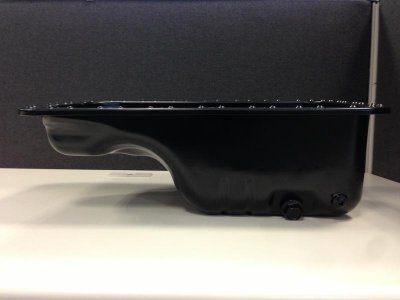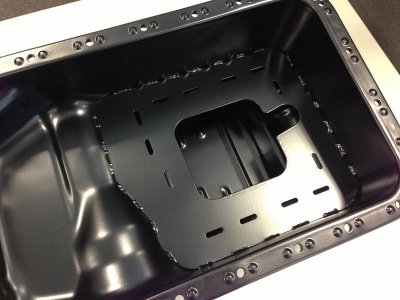Hey guys,
I recently picked up my second NSX and plan to get it out on track. For the sake of speeding things up, I'm not new to tracking and I'd like to get the car ready to go ASAP. From what I understand the coolant hosing and some of the suspension bushings have already been done. My car is on Bilstein shocks and stock springs I believe. I'm running stock wheel and tire currently. NSX-R sway bars front and rear.
My big question is - what kind of maintenance do I need to do? I've been reading up the fast few days and it looks like you guys are using some non-compliance parts. Are these a must have? Do i need steering rack stiffeners or anything of that sort? The car feels solid as is just tossing it around on the way home, but I've yet to get the car up and inspect everything for myself. That will be done over the next few weeks as I'm fairly busy with work.
I will be bleeding the brakes, they are stock and have EBC red brake pads currently. I will likely grab a set of PFC-01 unless someone has a better recommendation. Being a more advanced driver - will I need a BBK? The stock brakes don't really impress me if I'm completely honest - I have an ABS delete so maybe its just the feel but I don't think stopping distance is so hot right now.
Other than that I am looking into a wheel setup. Billy advised 17x8 +40 front and 18x9.5 +40 rear. Can I go lower on that rear sizing without any rubbing issues? It's looking like CE28 may be on backorder and I'll likely be considering the Weds TC105n for now, but the rear offset is +35 I believe.
Sorry for the many questions - I appreciate any and all knowledge you guys can throw at me. I went through RYU and IllWillem's build threads but to be honest I didn't get any solid, concrete answers. Good eye candy though.
For reference point I can turn a sub 2 lap-time in an S2000 with boltons wheels and shocks on a street tire at the famous Buttonwillow CW13 in Socal.
I recently picked up my second NSX and plan to get it out on track. For the sake of speeding things up, I'm not new to tracking and I'd like to get the car ready to go ASAP. From what I understand the coolant hosing and some of the suspension bushings have already been done. My car is on Bilstein shocks and stock springs I believe. I'm running stock wheel and tire currently. NSX-R sway bars front and rear.
My big question is - what kind of maintenance do I need to do? I've been reading up the fast few days and it looks like you guys are using some non-compliance parts. Are these a must have? Do i need steering rack stiffeners or anything of that sort? The car feels solid as is just tossing it around on the way home, but I've yet to get the car up and inspect everything for myself. That will be done over the next few weeks as I'm fairly busy with work.
I will be bleeding the brakes, they are stock and have EBC red brake pads currently. I will likely grab a set of PFC-01 unless someone has a better recommendation. Being a more advanced driver - will I need a BBK? The stock brakes don't really impress me if I'm completely honest - I have an ABS delete so maybe its just the feel but I don't think stopping distance is so hot right now.
Other than that I am looking into a wheel setup. Billy advised 17x8 +40 front and 18x9.5 +40 rear. Can I go lower on that rear sizing without any rubbing issues? It's looking like CE28 may be on backorder and I'll likely be considering the Weds TC105n for now, but the rear offset is +35 I believe.
Sorry for the many questions - I appreciate any and all knowledge you guys can throw at me. I went through RYU and IllWillem's build threads but to be honest I didn't get any solid, concrete answers. Good eye candy though.
For reference point I can turn a sub 2 lap-time in an S2000 with boltons wheels and shocks on a street tire at the famous Buttonwillow CW13 in Socal.









